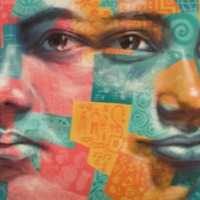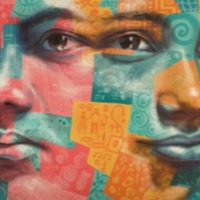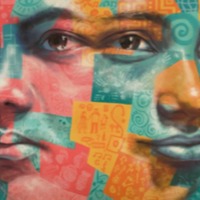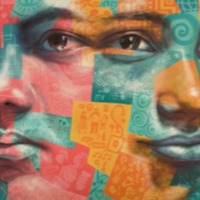
Anessa
There are an estimated 592,000 people living in modern slavery in Bangladesh (GSI 2018). Men, women and children are subjected to forced labour and sex trafficking. Bangladesh is host to more than 1 million undocumented Rohingya, including hundreds of thousands who fled Burma in previous decades. The Rohingya community’s stateless status and inability to work legally increases their vulnerability to human trafficking. Rohingya women and girls are reportedly recruited from refugee camps for domestic work and are instead subjected to sex trafficking. Within the country, Bangladeshi children and adults are subjected to sex trafficking, domestic servitude, and forced and bonded labor, in which traffickers exploit an initial debt assumed by a worker as part of the employment terms. Anessa was 13 years old when she married her 50 year old employer Samad. Once married, Samad told Anessa that she would go work abroad. A job was found for Samad in Kuwait, where upon arrival, she was told she would engage in sex work. Samad sent what money she received back to her husband, however upon returning to Bangladesh found out that her husband had divorced her.

Charlie
Despite having the lowest regional prevalence of modern slavery in the world, Europe remains a destination, and to a lesser extent, a source region for the exploitation of men, women and children in forced labour and commercial sexual exploitation. According to the most recent Eurostat findings, European Union (EU) citizens account for 65 percent of identified trafficked victims within Europe. These individuals mostly originate from Eastern Europe, including Romania, Bulgaria, Lithuania and Slovakia. In Albania and Bosnia and Herzegovina, the European Parliament has identified corruption and the judicial system as reform challenges towards accession talks within the EU. In Greece, the turbulent economic situation has increased vulnerability for populations seeking employment and livelihood opportunities. In Greece, unemployment reached 24.4 percent in January 2016 with a youth unemployment rate of 51.9 percent. Charlie was forced to provide sexual services to older men in the UK. She was finally able to escape when one of the clients took pity on her and helped her escape. With the help of AFRUCA, Charlie is getting back on her feet.

Agnes
The United Kingdom remains a significant destination for men, women and children trafficked for the purposes of commercial sexual exploitation and forced labour. The latest government statistics derived from the UK National Referral Mechanism in 2014 reveal 2,340 potential victims of trafficking from 96 countries of origin, of whom 61 percent were female and 29 percent were children. At least one child a day is trafficked into Britain according the to the Human Trafficking Foundation, with children forced to work in the sex industry, domestic service, cannabis cultivation or as criminal on the streets. Child victims of human trafficking primarily originate from Romania, Vietnam, Nigeria, and from within the UK itself. Agnes was running away from an abusive home life when she met a woman who took her in. Agnes was offered the chance to travel to the UK to train to become a doctor under the promise she would repay the cost of travel. However, upon arriving, she was forced to provide sexual services to men as part of her ‘repayment’. Agnes was able to escape at the age of 21 but was forced to continue sex work in order to be able to afford to live. It was not until Agnes arrived at City Hearts that she was able to obtain skills and childcare and begin building for a better future.

Michaela
Sex trafficking is a form of modern slavery that exists throughout the United States. Traffickers use violence, threats, lies, debt bondage and other forms of coercion to compel adults and children to engage in commercial sex acts against their will. The situations that sex trafficking victims face vary, many victims become romantically involved with someone who then forces them into prostitution. Others are lured with false promises of a job, and some are forced to sell sex by members of their own families. Victims of sex trafficking include both foreign nationals and US citizens, with women making up the majority of those trafficked for the purposes of commercial sexual exploitation. In 2015, the most reported venues/industries for sex trafficking included commercial-front brothels, hotel/motel-based trafficking, online advertisements with unknown locations, residential brothels, and street-based sex trafficking. Michaela tell of how she ran away from an abusive household in ninth grade and became homeless. One day she was approached by a man at the mall who claimed to work for an entertainment industry and jumped at the chance to get off the street. This survivor was blindfolded, put in a car and taken to a location where she was stripped and raped. After five to six weeks of ‘training’ she was forced to provide sexual services. It was only after her trafficker was arrested on unrelated charges that she was able to escape, however continues to provide sex work due to economic need.